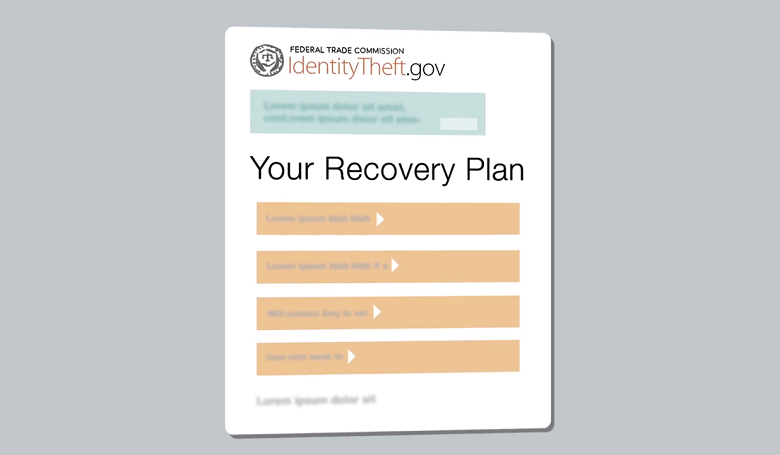The news seems to be filled with stories about hackers and identity theft these days, and rightly so. According to the Identity Fraud Study released by Javelin Strategy & Research, there were 16.7 million victims of identity theft in 2017, racking up a total of $17 billion in damages. Identity fraudsters successfully netted 1.3 million more victims as compared to the previous year.
As a victim of identity theft, you can feel completely helpless and violated — not to mention aggravated at the hassles involved in restoring your identity and challenging fraudulent charges. You were already busy before the identity theft occurred, and it can be almost impossible to keep track of all the steps necessary to fully recover and restore financial normalcy. Fortunately, the U.S. government has a tool that can help you deal with the aftermath of identity theft.
IdentityTheft.gov allows you to report the details of your identity theft and receive a personal recovery plan that is tailored to your specific situation. The plan will guide you through each individual step along the path to recovery, providing a means to track your progress, and generate pre-filled letters and forms that you will need in the recovery process.
The site recognizes the differences in varieties of identity theft and has established basic recovery plans for over thirty types of identity theft. After you submit your information, the correct type of recovery plan is chosen and then modified based on your input. Recovery outlines are broken down into three steps: what to do right away, what to do next, and other situation-dependent steps.
- Immediate Steps – Start by calling all the companies where you know that fraud has occurred. The sooner you act, the more likely it is that you can limit the damage. Remember that the identity thief has a significant head start on you.
Next, you should place a fraud alert with all necessary credit card companies, banks, etc. Get a copy of your credit report to identify any fraudulent transactions or accounts and minimize the damage. Immediately file an identity theft report with the Federal Trade Commission (FTC) and a police report with your local department.
Go through your records and note any erroneous charges to your credit card company, and immediately close any bogus accounts that show up on your credit report.
If you want to be pre-emptive, you can download PDF files that summarize each of these categories. However, to make the best use of the website, you should report the details in order to receive a more comprehensive plan.
Recovering from identity theft is difficult. Don't compound the problem by attempting to do everything yourself. Take advantage of the helpful resources available to you, and let IdentityTheft.gov help you bring your life and your finances back to order.
This article was provided by our partners at moneytips.com.
To Read More From MoneyTips:
Photo ©YouTube.com/user/FTCvideos


